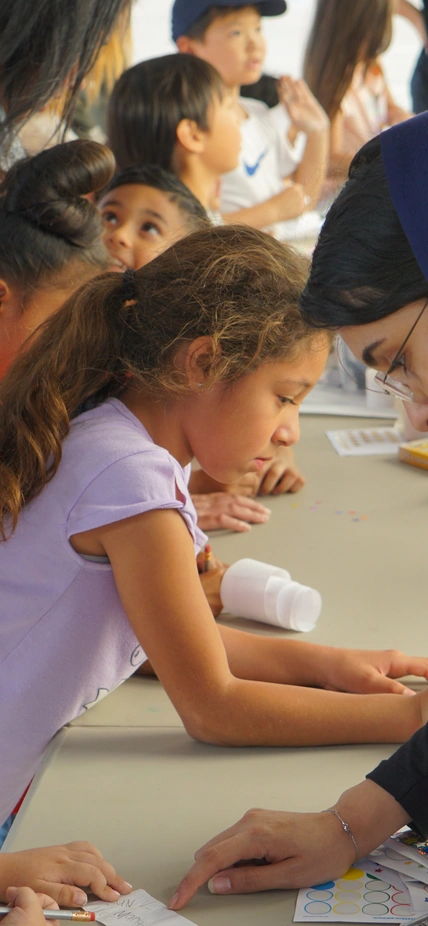Outreach & Education

Sharing Our Science
Carnegie Science has a long history of efforts to advance STEM literacy, through organization-wide outreach and educational programs, as well as more targeted initiatives in the communities where our campuses are located and regular participation in science fairs and festivals whenever possible.
Advancing science literacy among members of the general public, raising awareness of science's importance to society, and training the next generation of STEM professionals are all crucial to our institutional mission.
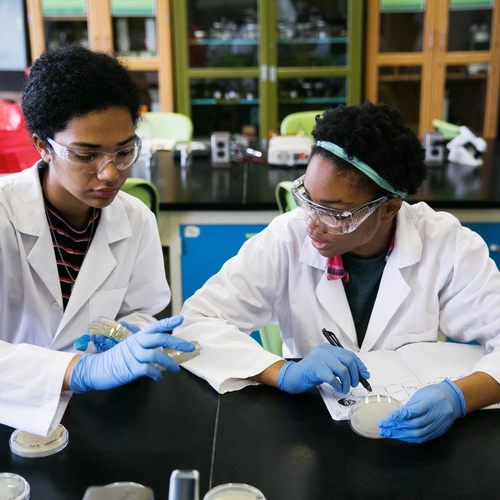
Carnegie Academy for Science Education
Since its founding by the late President Maxine Singer in 1989, Carnegie Academy for Science Education programs have served thousands of students and teachers in the nation's capital.
CASE’s First Light Saturday Science School, a free program for D.C.’s middle school students, gives local students an opportunity to explore STEM skills and careers through direct work with professional scientists. The Summer Stars program provides hands-on laboratory research experience to high school and undergraduate students.
To enhance student preparation, CASE also provides multiple professional development opportunities for teachers, including teaching materials and training.
Learn MoreOther Outreach Initiatives
The Carnegie Observatories partners with schools in Pasadena and Los Angeles to bring our astronomers to dozens of science nights, stargazing evenings, science festivals, and science fairs each year. Carnegie astronomers participate in a variety of ways, bringing interactive activities, telescopes, and a portable planetarium to get kids excited about the night sky.
Pasadena hosts a number of world-class astronomy departments, institutes, and facilities that together have formed an outreach network called City of Astronomy. In 2016 and 2018, as part of this group, the Carnegie Observatories worked with nine other local institutions to provide city-wide outreach programming and continue to collaborate and plan future events.
We live in a society that, despite its everyday reliance on technological advancements, is highly skeptical about science. Early career scientists working in the Department of Plant Biology recognized the necessity of developing science communication skills that can engage the public about the impacts of plant research on their daily lives—including agriculture, nutrition, and medicine. To hone these skills, the young plant scientists initiated a new outreach program, Science and Society on the Screen, which was designed to engage our wider community with discussions about science-related documentaries. With a goal of opening a dialog about science and building trust, particularly with artists, creators, and members of groups that are historically underrepresented in STEM fields, as well as of correcting common stereotypes about professional scientists, the team launched the series in the summer of 2021.
Since 2016 the Carnegie Observatories have partnered with Mt. Wilson to develop a series of science lessons for students visiting Mt. Wilson Observatory. Students experience the historic facilities and beautiful mountain landscape while learning how the telescopes connect with modern scientific research directly from scientists themselves.
Our lives have been shaped by events and discoveries that were made possible by the often underrecognized work of Black plant scientists. In 2021, Carnegie plant biologists partnered with professors form Historically Black Colleges and Universities to promote the historic contributions of Black plant scientists through a traveling science and art exhibit and accompanying classroom curriculum. At its launch, the project highlighted Edmond Albius, whose discoveries on vanilla pollination changed culinary history, Marie Clark Taylor who revolutionized science education with tireless advocacy for hands-on use of microscopes in classrooms, George Washington Carver, whose promotion of crop rotation restored soil quality across the American South, and Percy Lavon Julian, who isolated a compound in the African Calabar bean that was used in the synthesis of progesterone.
Every year, Carnegie astronomers from the Earth and Planets Laboratory have a table at the Astronomy Festival on the National Mall organized by Hofstra University in association with the Smithsonian Institution. The program provides an opportunity for local families to look through telescopes and engage in various hands-on activities with astronomers and other experts from some of the nation's foremost scientific institutions, organizations, and universities. At Carnegie's booth, attendees can learn about how astronomers use spectra to understand the chemical makeup of stars and other celestial object and build their own handheld spectrograph from household items to study the qualities of different nearby light sources.
Photo Gallery
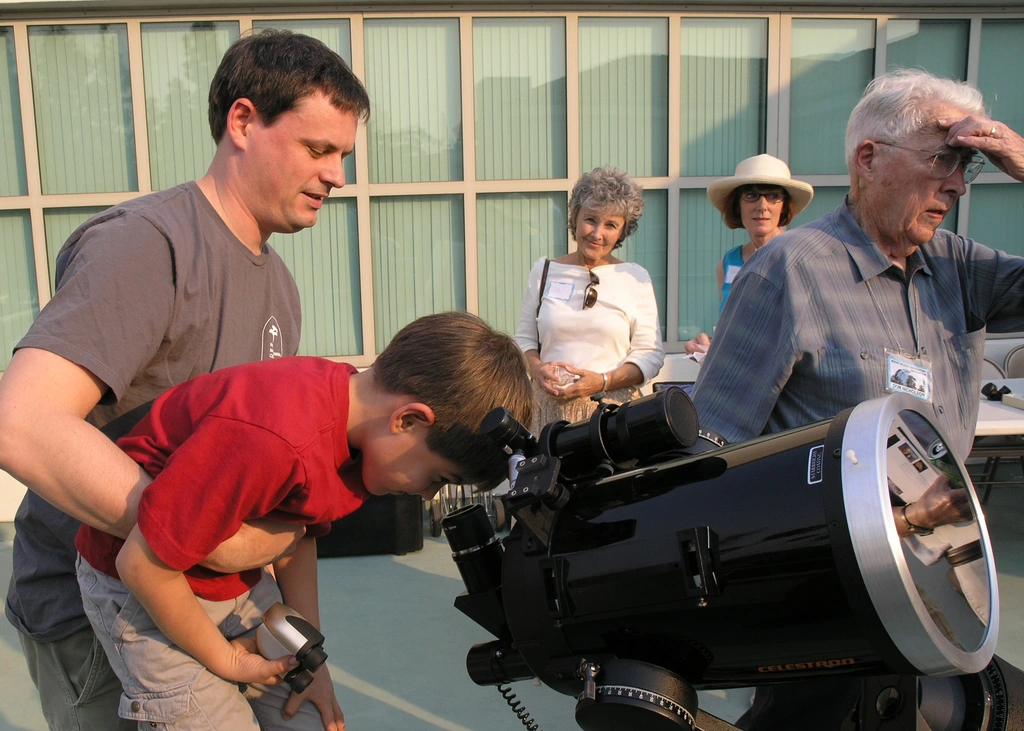
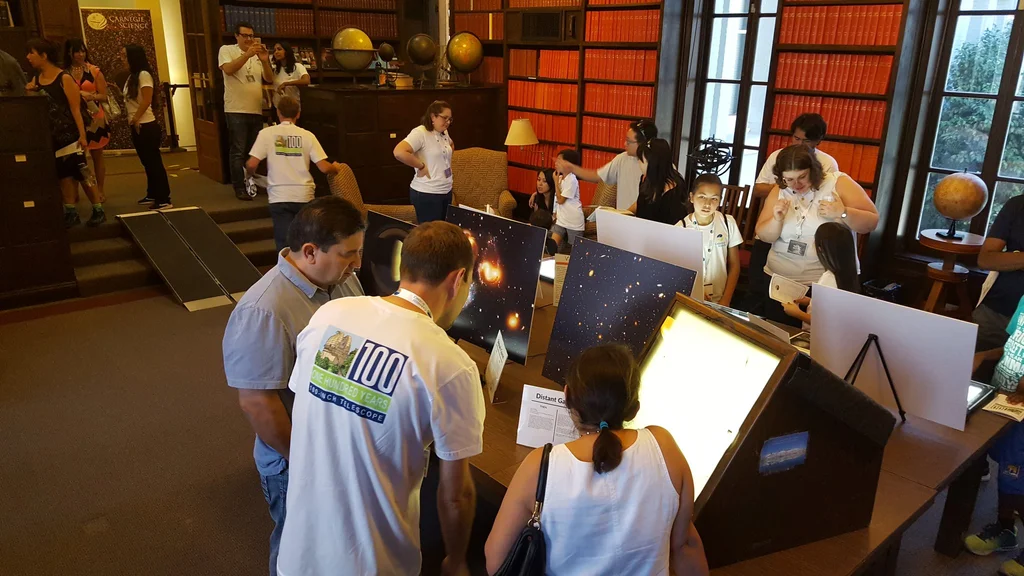
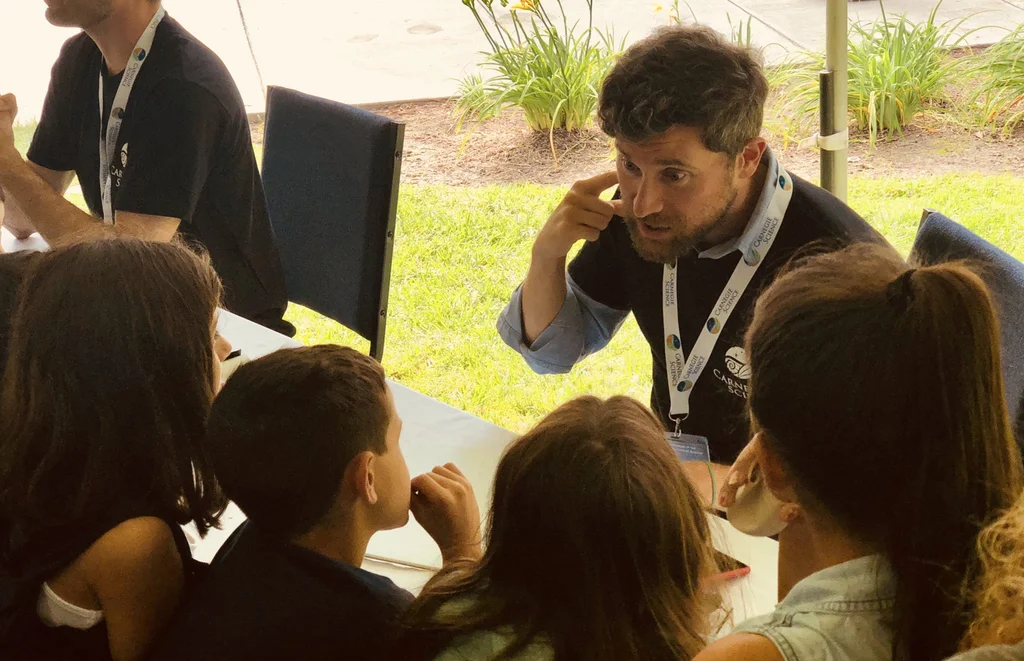
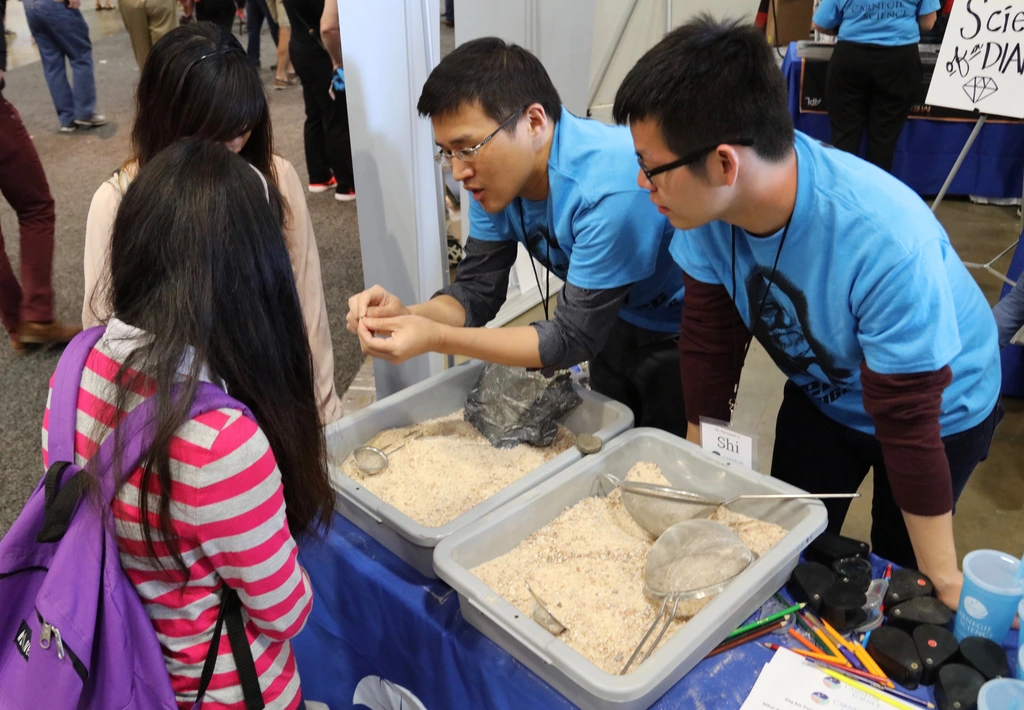
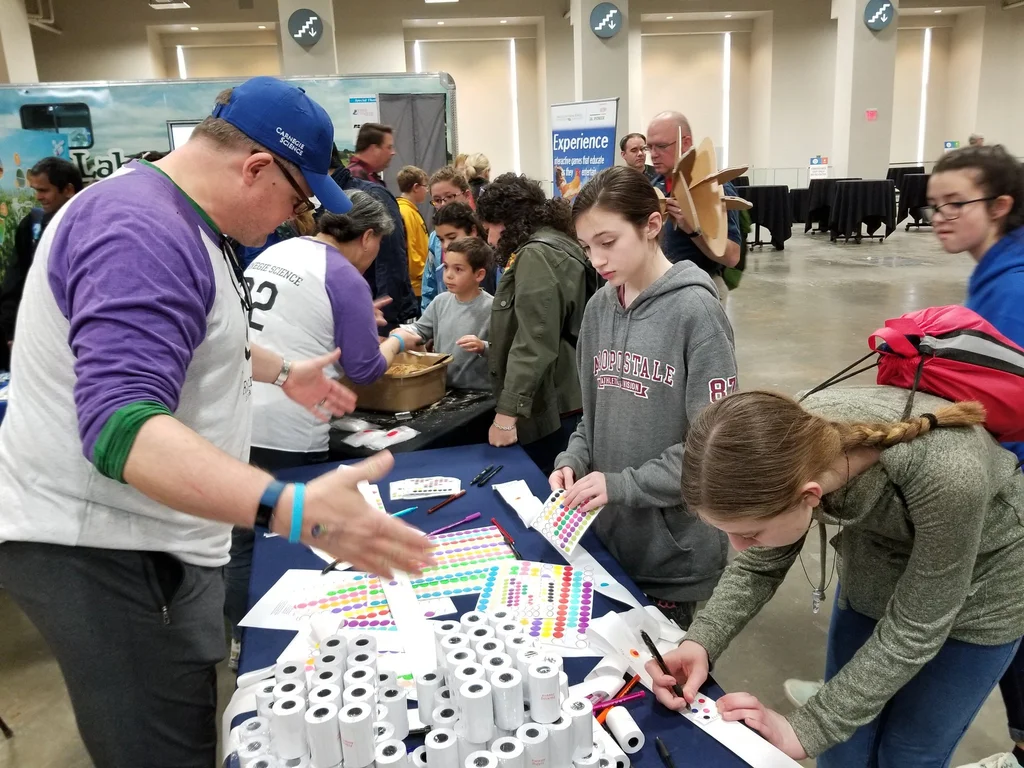
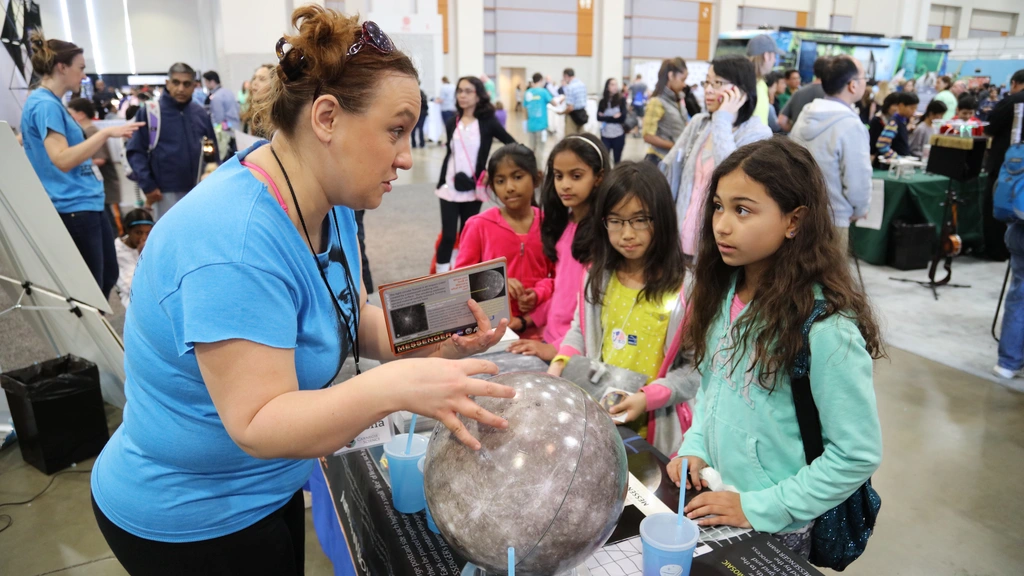
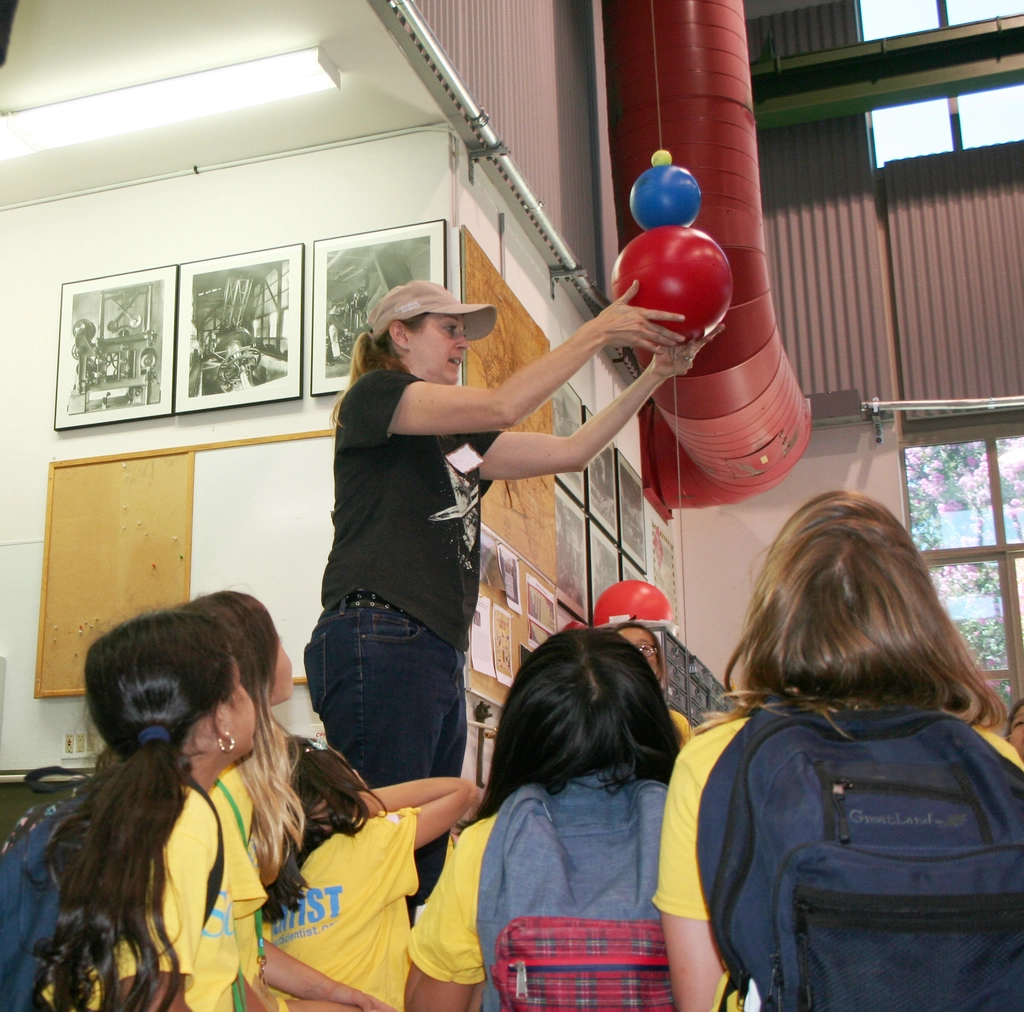
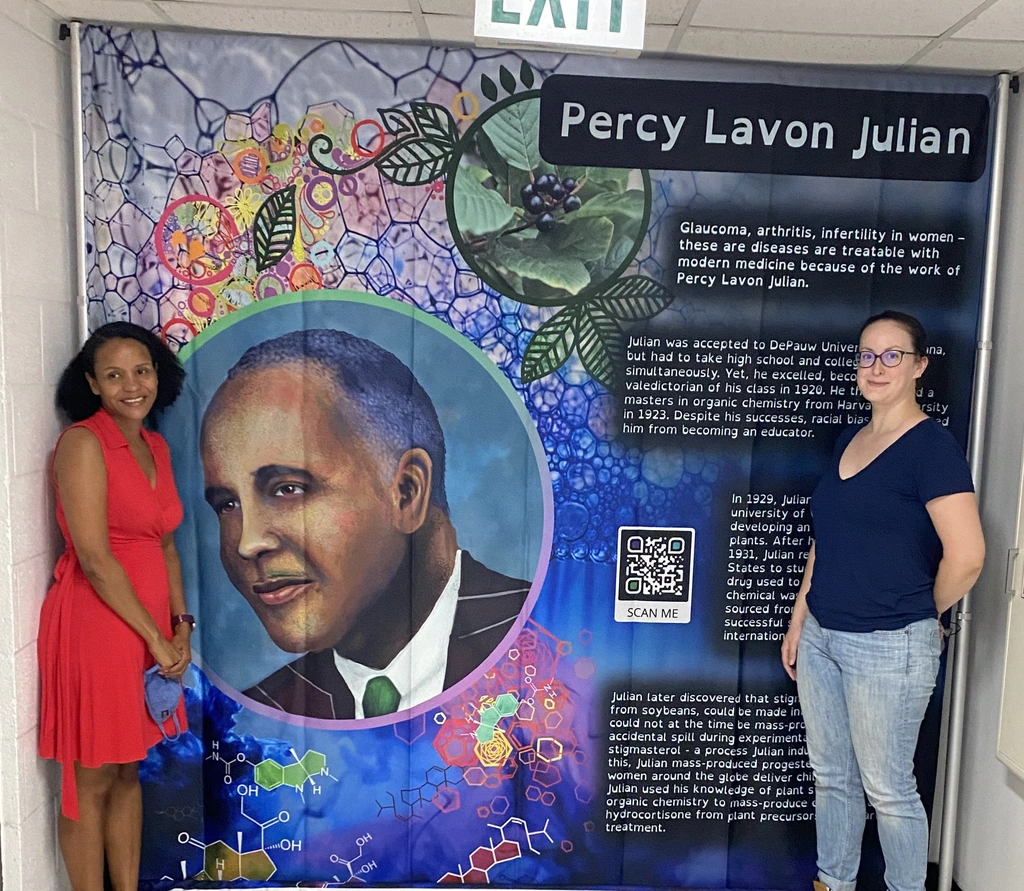
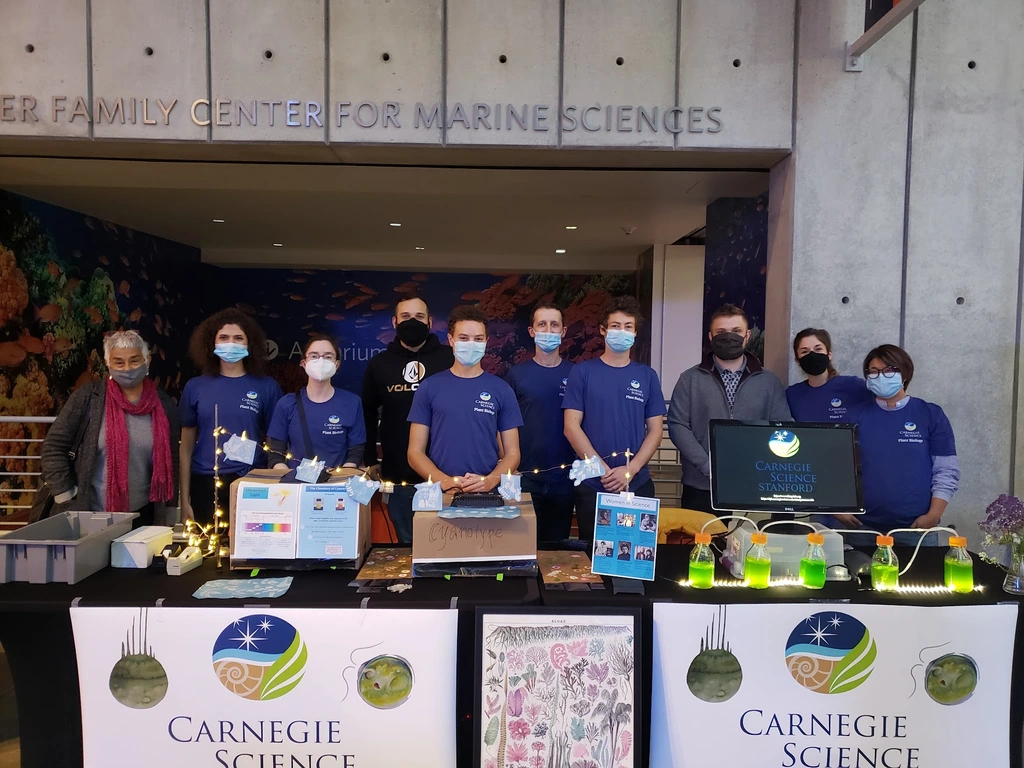
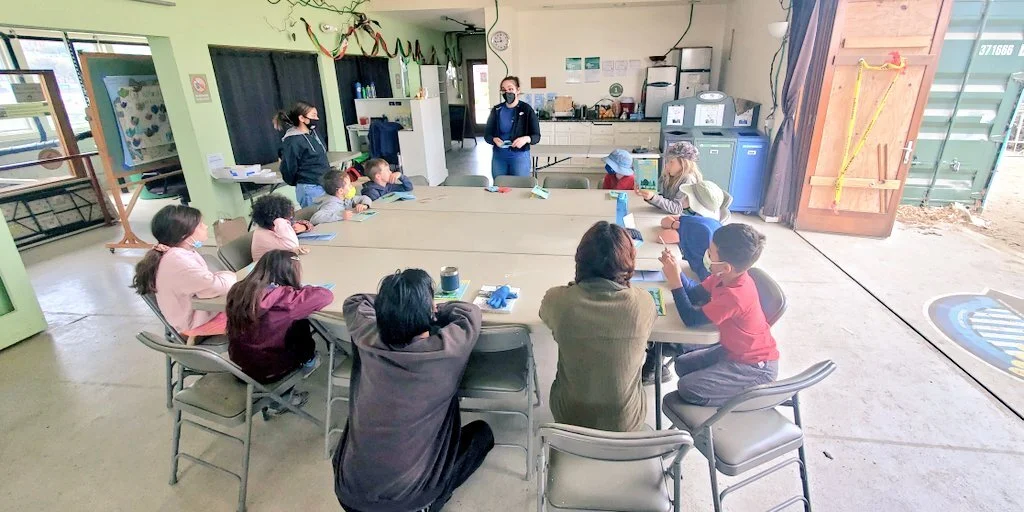
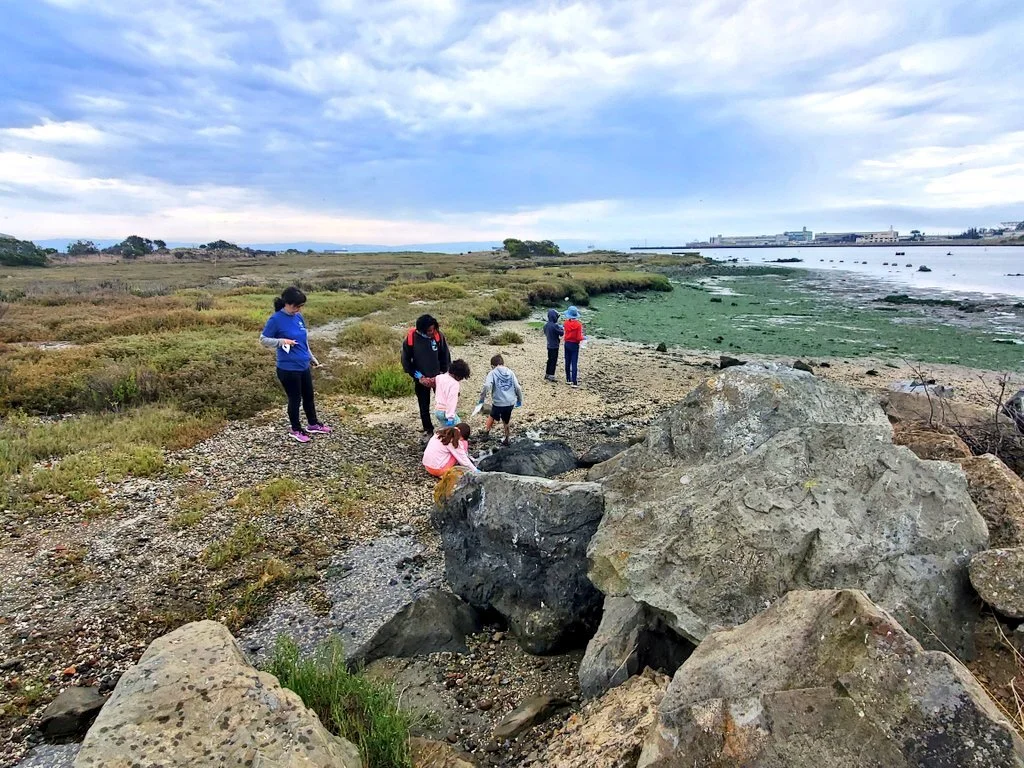
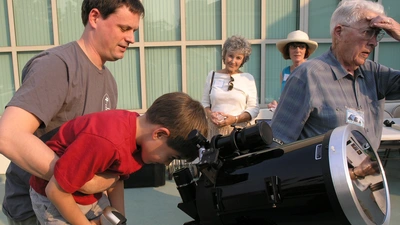
A young Open House attendee looks through a telescope
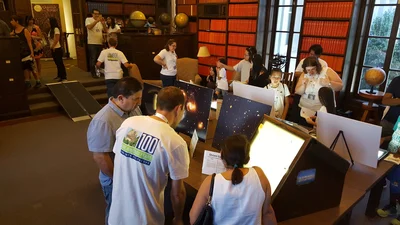
Open House attendees learn about the history of astronomy in the Observatories' library
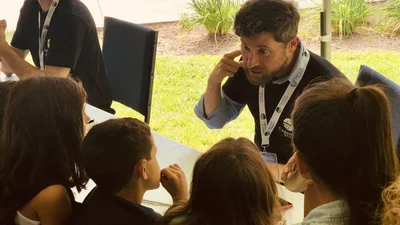
People crowd around the Ask an Astronomer table at the Observatories' open house
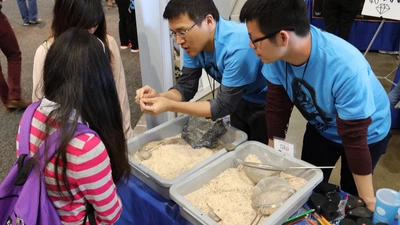
Attendees at the USA Science & Engineering Festival hunt for fossilized shark's teeth at the Carnegie booth
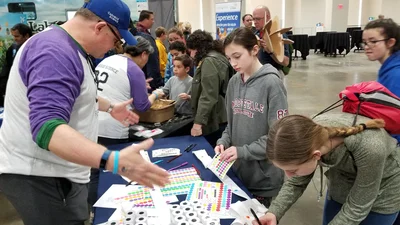
Making pocket Solar Systems at Carnegie's booth at the USA Science & Engineering Festival
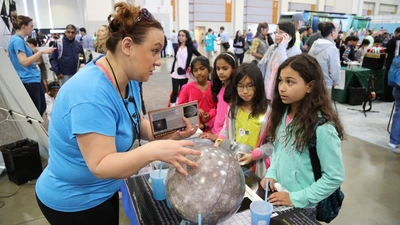
Learning about the Carnegie-led MESSENGER Mission to Mercury at the USA Science & Engineering Festival
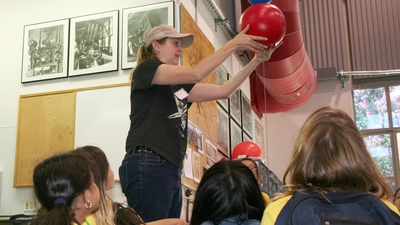
A STEM girls group visits the Carnegie Observatories' machine shop
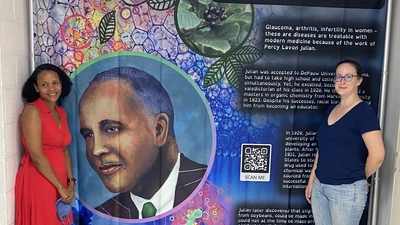
A banner from an exhibit celebrating the contributions of Black plant scientists throughout history
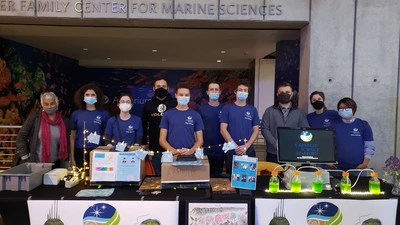
Plant biologists participate in a women in science event at the California Academy of Sciences
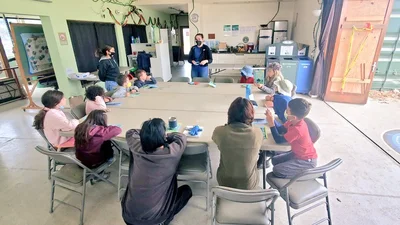
San Francisco campers learn about tardigrades in an outreach program run by Carnegie plant biologists
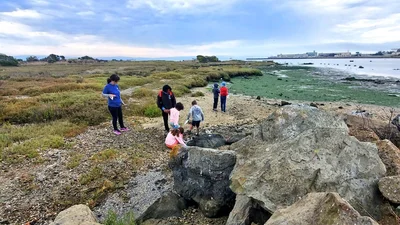
Campers hunt for tardigrades with Carnegie plant biologists
